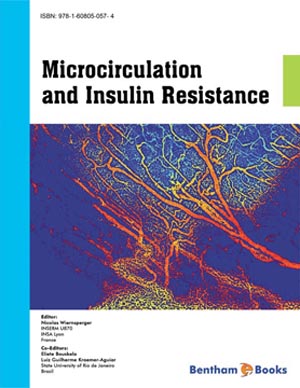Abstract
The glomerular barrier is highly selective and an only minute amount reaches the urine. Normally, the daily loss of albumin in urine is less than 30 mg and microalbuminuria denotes losses between 30-300 mg per day. Overt proteinuria means daily losses between 300- 3000 mg, whereas larger albumin losses are in the nephrotic range. There are a wide variety of conditions that cause microalbuminuria or proteinuria, but recently our understanding of these phenomena has improved considerably. Microalbuminuria is one of the first signs of diabetic nephropathy where it reflects endothelial dysfunction and increased risk of microvascular complications. Microalbuminuria is also an independent predictor of cardiovascular disease in non-diabetic individuals. Insulin resistance is an interesting condition that precedes the development of type II diabetes. Patients with severe kidney disease have insulin resistance without developing diabetes. Insulin resistance is also associated to microalbuminuria, hypertension and obesity. Finally, there is an association between all these conditions and certain inflammatory vascular reactions. In this chapter, I will try to review our current understanding of microalbuminuria and how it is related to insulin resistance.
Keywords: Albumin, diabetes, endothelium, glomerular, glycocalyx, kidney, podocytes.





















